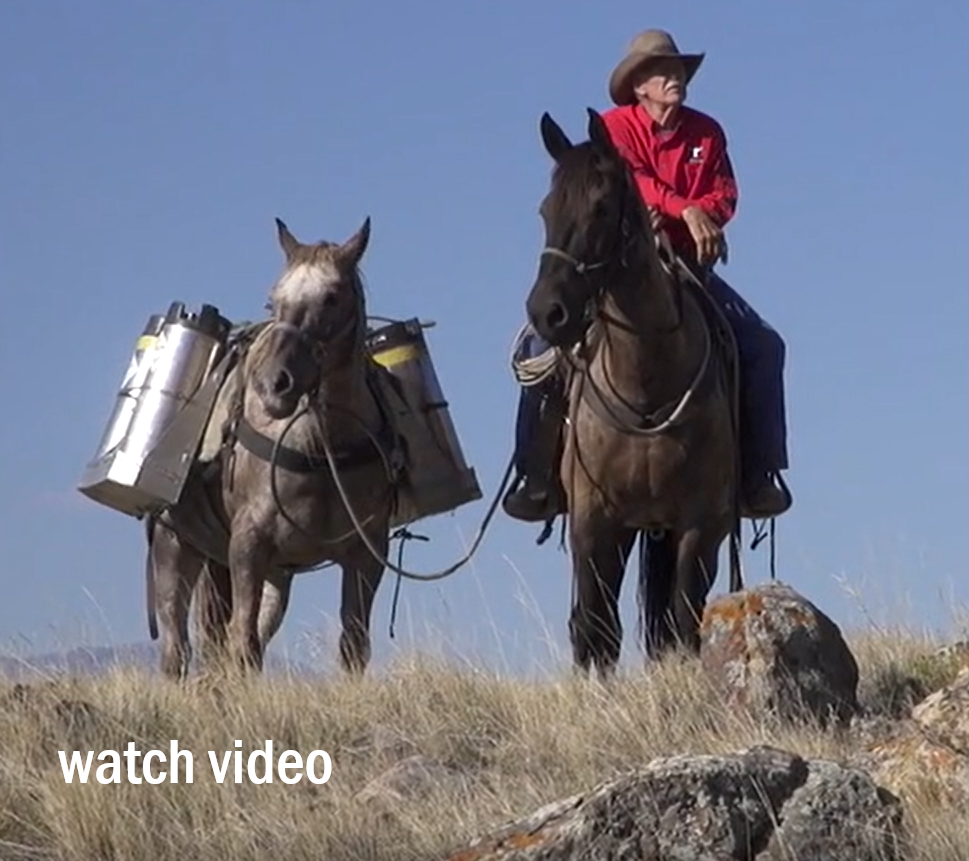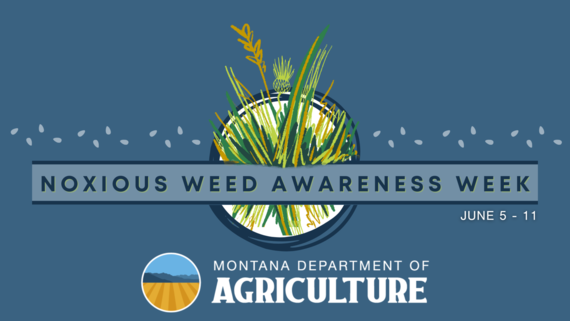|
Montana Noxious Weed
Awareness Week - June 7
Noxious weeds are invasive plants not native to North America. Many of them, like spotted knapweed and leafy spurge, occur in large infestations across the state.
Noxious weeds can spread by many different ways; the main way they move around is through human travel. Weed seeds and plant parts can become stuck in mud found on vehicles or tires, shoelaces, clothing, backpacks, hiking gear, or in the fur or hair of animal companions.
 Noxious weeds have a destructive impact on Montana's landscape, displacing native plant species, increasing soil erosion, and decreasing wildlife habitat as well as compromising recreational values.
Preventing the spread of noxious weeds into our pristine back country is vital. Certified noxious weed seed free forage is required when horses or pack animals are used on public land in Montana. Government agencies and public utilities are also required to use weed free mulches, bedding materials and erosion control barriers in their work.
|
|
Today's Weed - Palmer amaranth
bugwood image
Palmer amaranth is a problematic annual broadleaf weed. It is native to the southwest U.S. but has spread across the country. It has a fast growth rate of 2─3 inches per day and commonly reaches heights of 6─8 feet. Populations have developed resistance to multiple classes of herbicides.
Palmer amaranth can also be toxic to livestock animals due to the presence of nitrates in the leaves.
Landowners can help by being proactive in identifying Palmer amaranth to prevent establishment.
Learn more about Palmer amaranth from MSU Extension here.

|
|
|
|